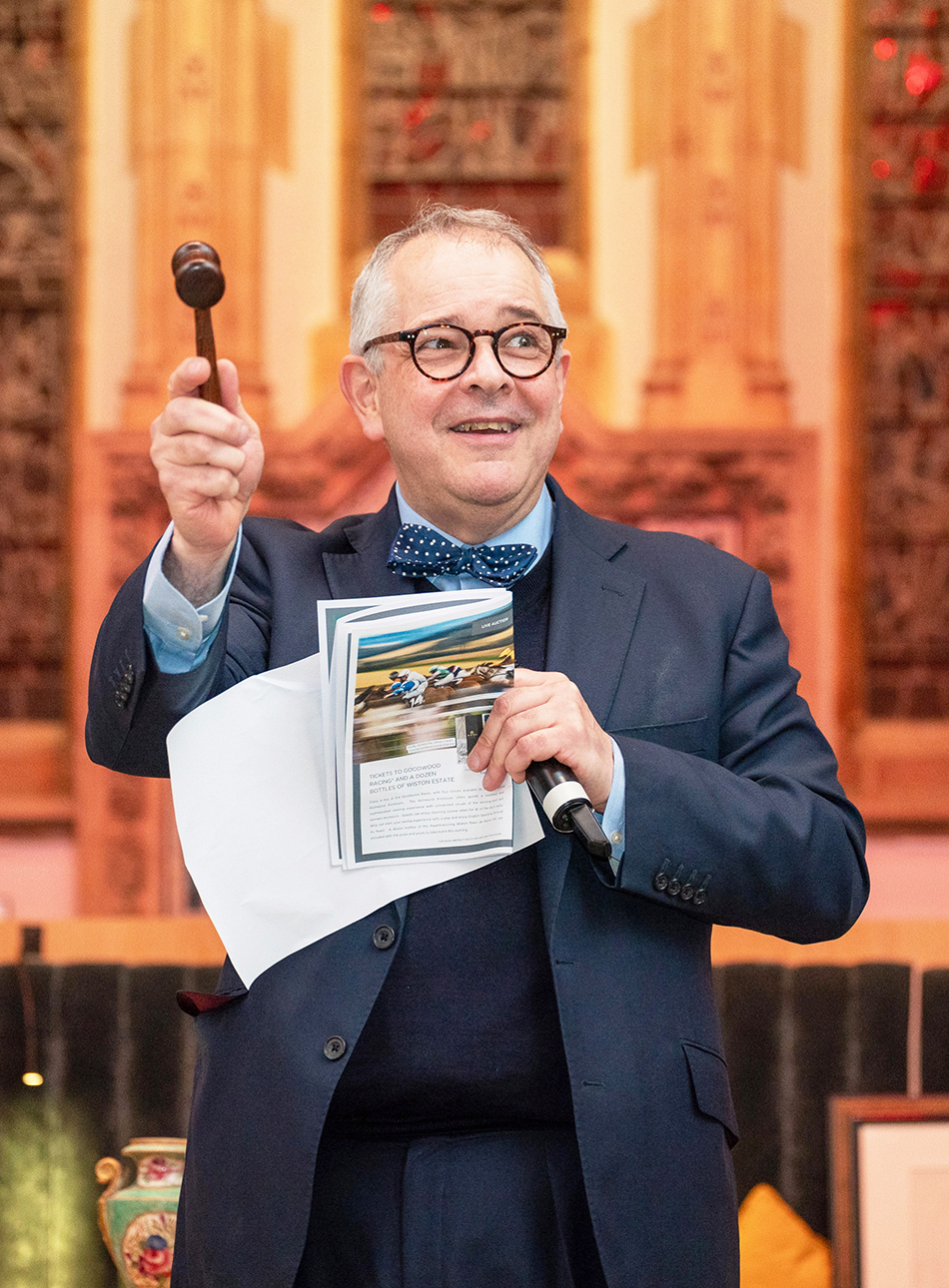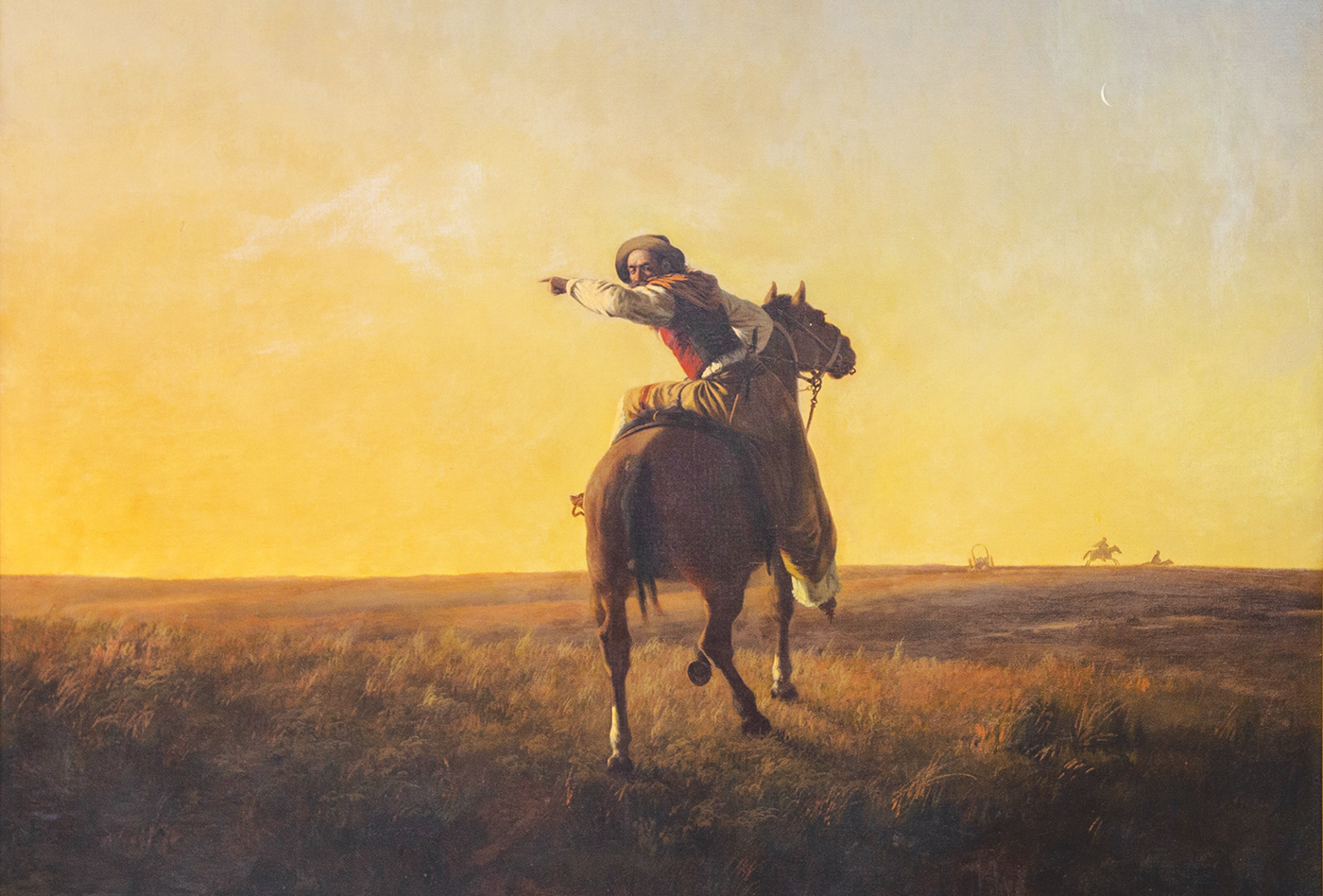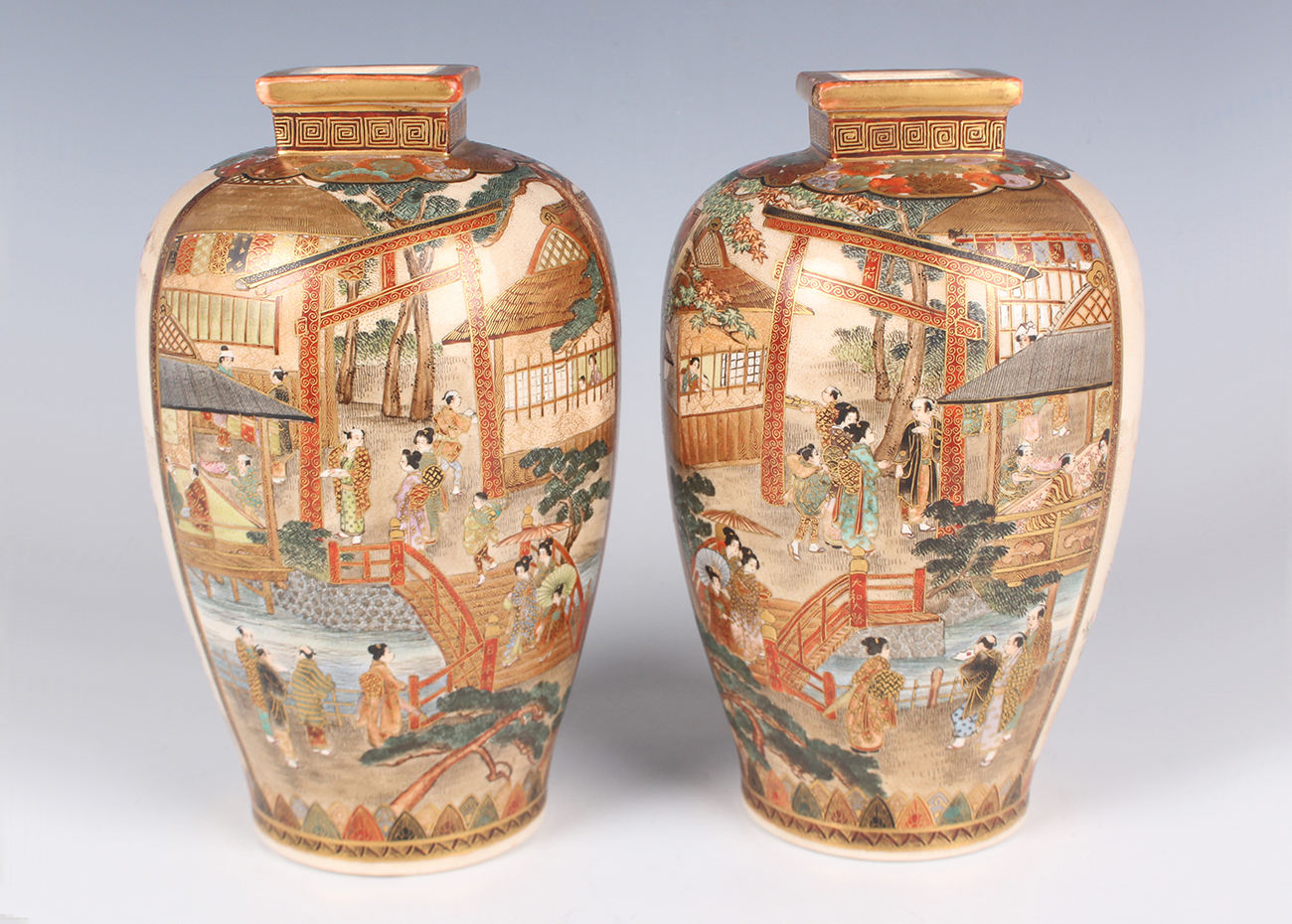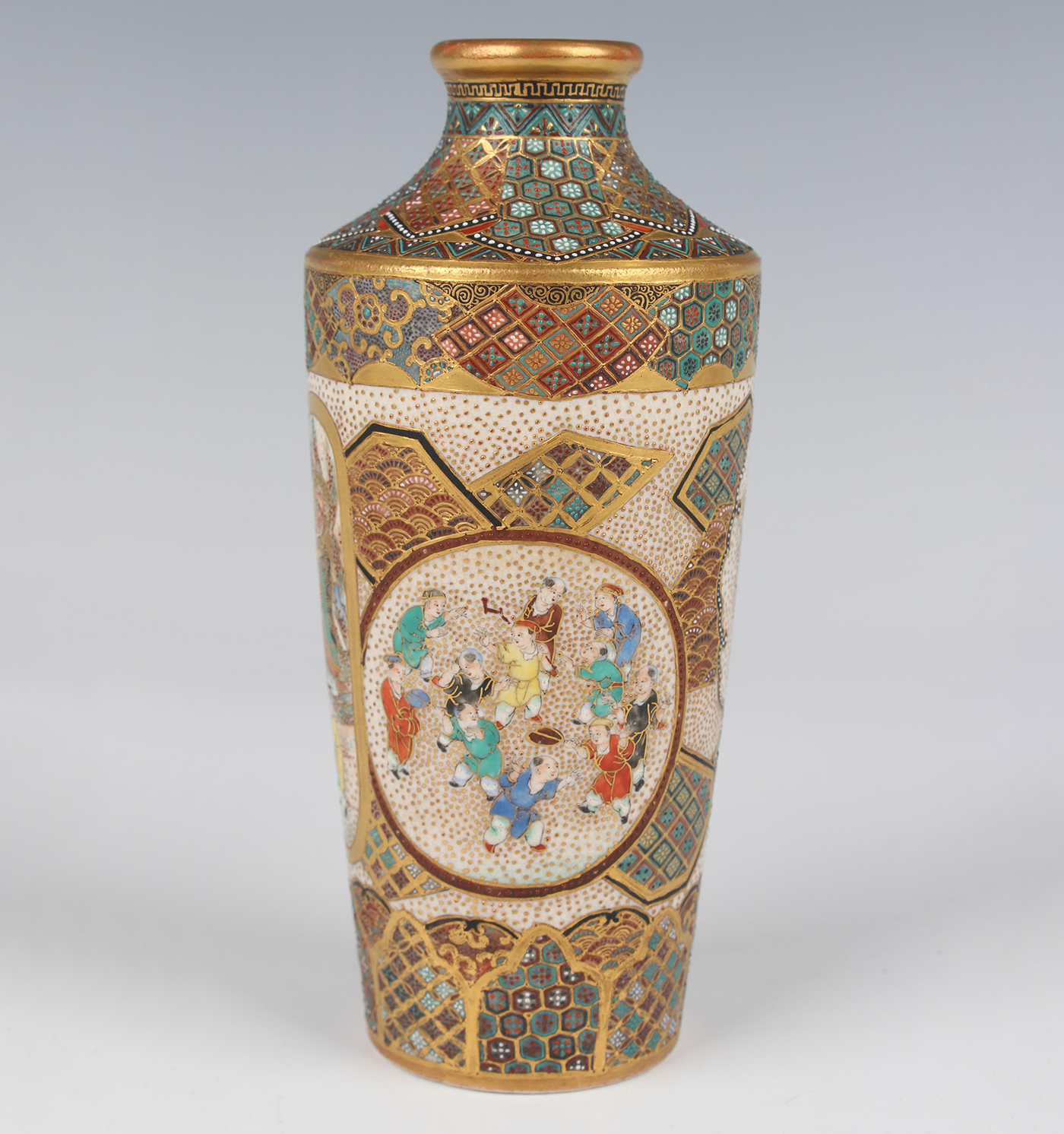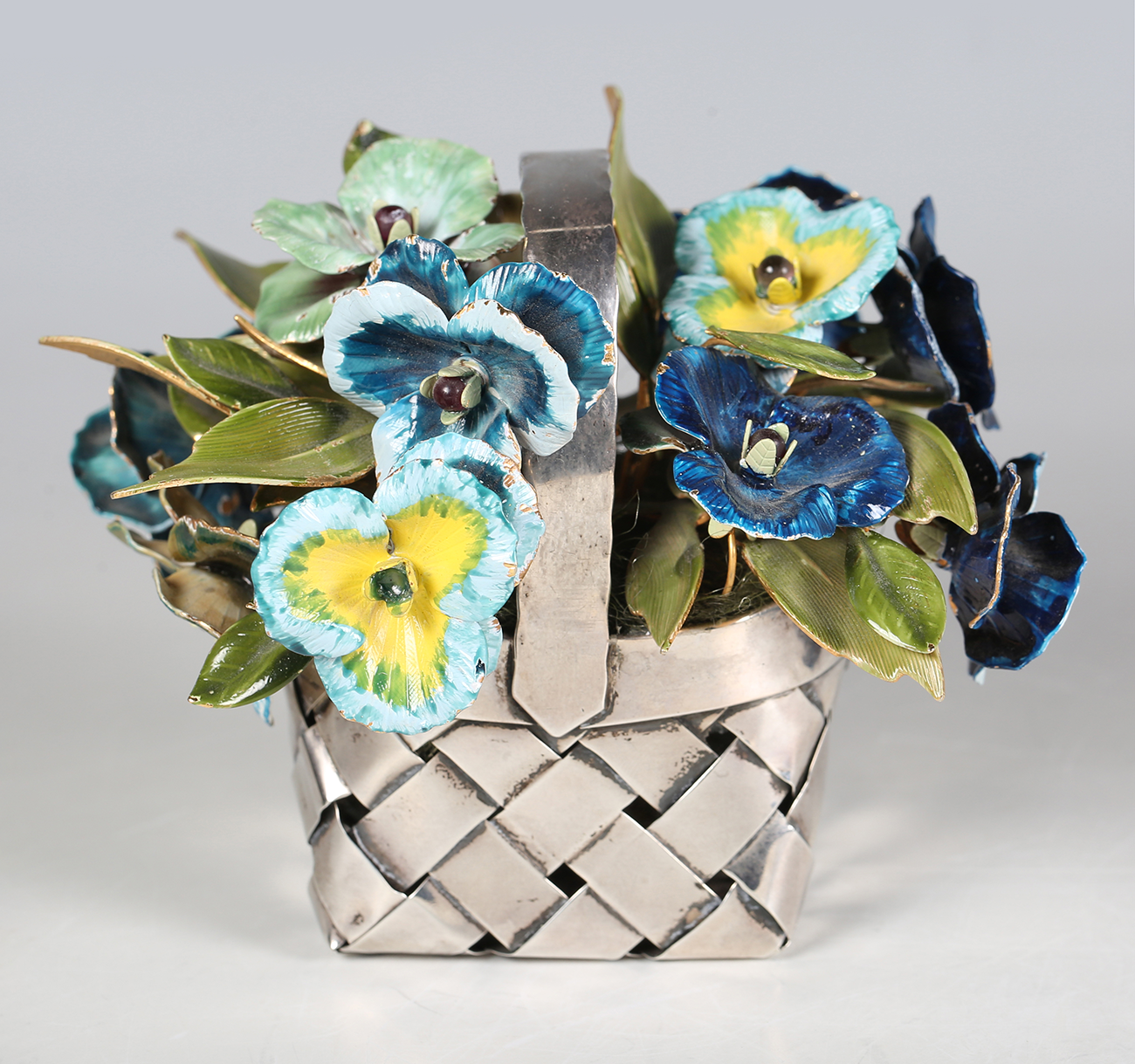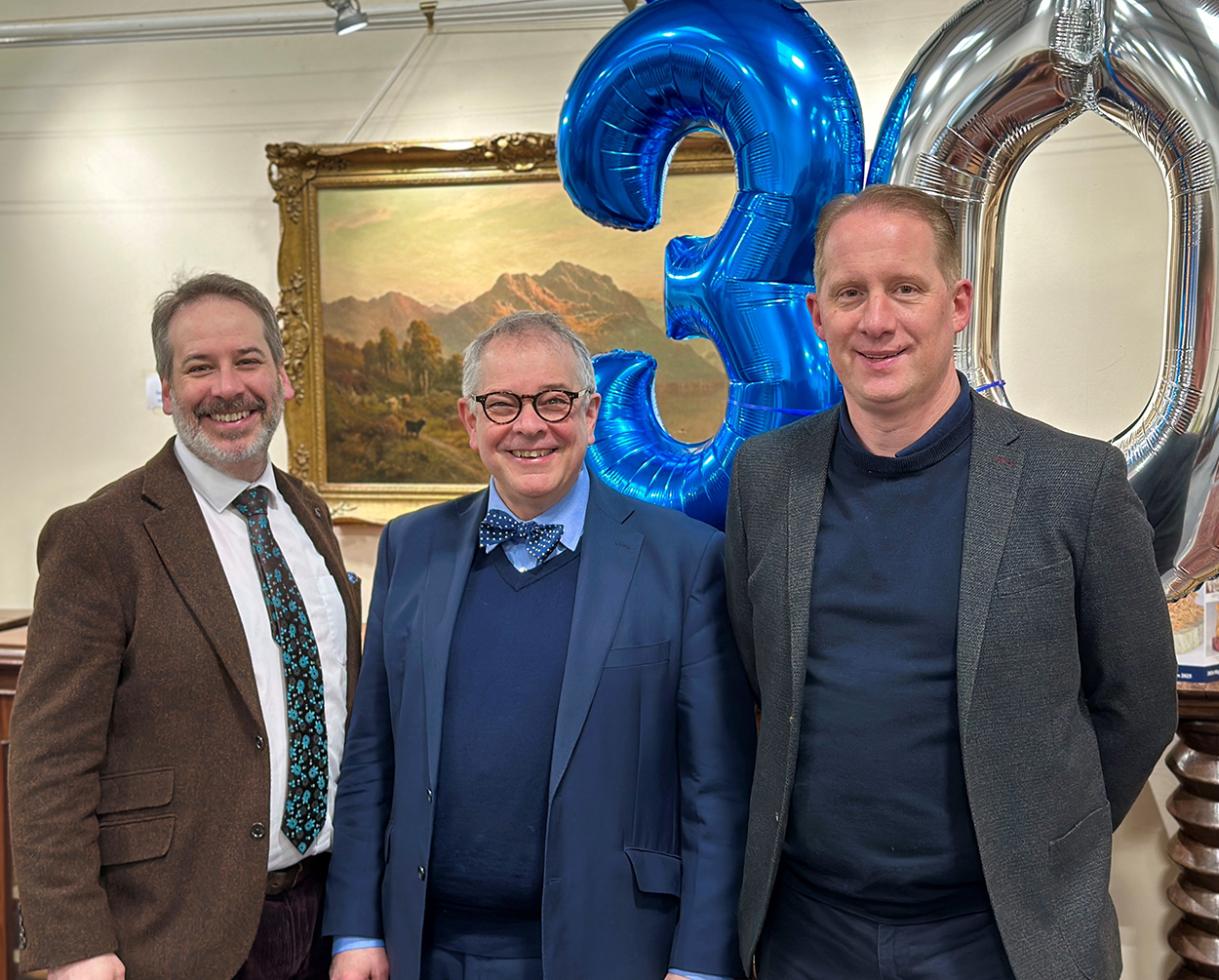
Hundreds of people came together from across Sussex to celebrate Toovey’s 30th Anniversary raising more than £8,000 for St Barnabas and Chestnut Tree Hospices. The evening was generously supported by Wiston and their Chalk restaurant.
These hospices are a bright light in our communities. Speaking at the party their Chair of Trustees, Mike Rymer, explained how they depend almost entirely on independent funding from donations from local people, fundraising events, grants, legacies and their charity shops. He praised the volunteers whose tireless work supports the extraordinary professional care provided to people, both young and old, with life limiting illnesses.
Chestnut Tree’s community team provide care for children and young people with life limiting illnesses to families in their own homes across Sussex and at Chestnut Tree House. St Barnabas, too, cares for some 1800 people every year in their homes and the hospice. Time and time again across the county I am told by families how extraordinary their end of life care has been. I witnessed this first hand when St Barnabas accompanied my Dad, Alan, and our family, enabling him to meet his illness with courage, grace and dignity, and to die at home surrounded by those he loved. I started Toovey’s 30 years ago with my Dad so it was fitting that these hospices were central to our celebrations. Nick Toovey and Tom Rowsell were with us in those early days and in 2018 they became equity holding Directors. It has been marvellous to share the business with such talented and principled people. Speaking at the celebrations Gary Shipton DL acknowledged that people are at the heart of all Toovey’s does. Nick, Tom and I, and our entire team share the same values serving people through their art and objects. And we firmly believe that our company should support our local charities, the arts and communities which underpin and give such richness to our lives here in Sussex.
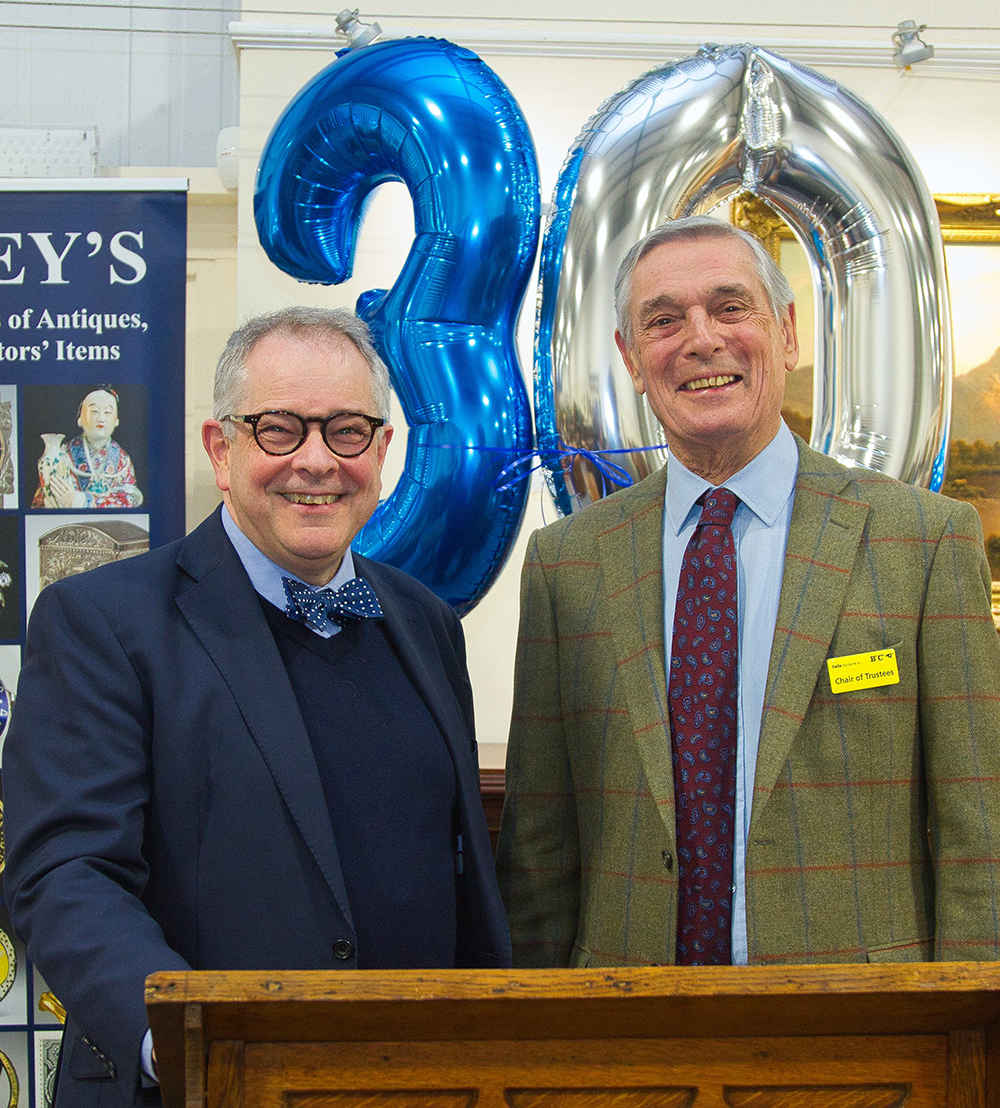
After 30 years these values remain part of our DNA. The importance of being a family firm where people are valued, our clients and our team, has allowed us to build a regional auction house with a reputation for being a centre of expertise for the valuation and sale of art and antiques, with leading specialists and international and digital marketing.
We achieve little on our own. The best things always happen when we accompany or are accompanied by others. So I would like to offer my sincere thanks to everyone at Toovey’s, to Wiston, Chalk, The Welldiggers Arms, The Old Forge, Andrew Bernardi, the charities’ President Henry Fitzalan Howard, Earl of Arundel, our clients and friends, and to Chestnut Tree and St Barnabas Hospices for their extraordinary hope-filled work here in Sussex.
